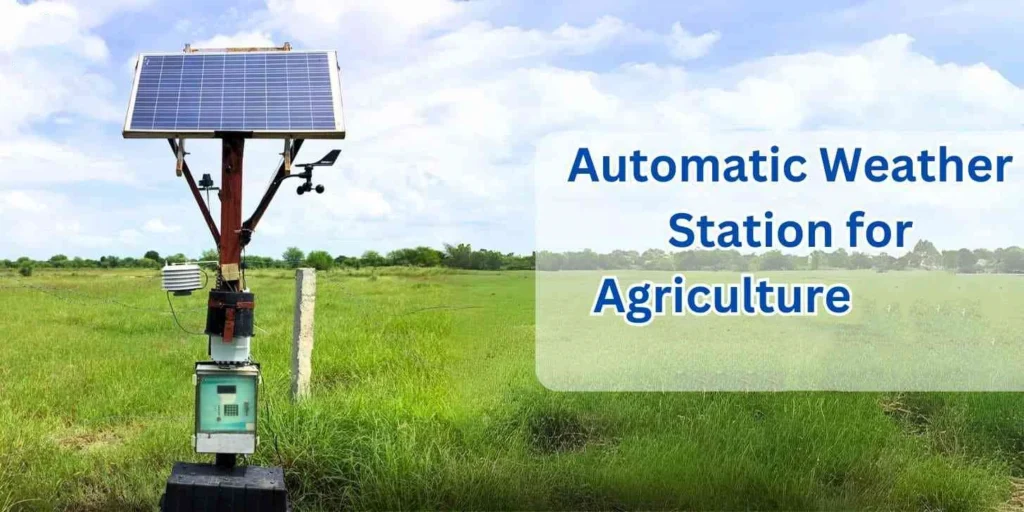
# Automatic Weather Station: Definition and Functionality
## What is an Automatic Weather Station?
An Automatic Weather Station (AWS) is a system designed to collect meteorological data without human intervention. These stations are equipped with various sensors that measure atmospheric conditions such as temperature, humidity, wind speed and direction, rainfall, solar radiation, and barometric pressure.
AWS units have become increasingly important in modern meteorology, agriculture, aviation, and environmental monitoring due to their ability to provide continuous, real-time weather data.
## Key Components of an Automatic Weather Station
A typical automatic weather station consists of several essential components:
- Sensors: Measure various weather parameters
- Data logger: Records and stores collected data
- Power supply: Usually solar panels with battery backup
- Communication system: Transmits data to central servers
- Mounting structure: Supports the equipment at optimal height
## How Automatic Weather Stations Work
Data Collection Process
The operation of an AWS follows a systematic process:
- Sensors continuously monitor environmental conditions
- Measurements are converted into electrical signals
- The data logger processes and stores this information
- Data is transmitted to a central database via wired or wireless connection
- Information becomes available for analysis and forecasting
## Applications of Automatic Weather Stations
Where AWS Technology is Used
Automatic weather stations serve numerous purposes across different sectors:
| Industry | Application |
|---|---|
| Agriculture | Crop management, irrigation scheduling |
| Aviation | Airport weather monitoring |
| Research | Climate studies, environmental monitoring |
| Disaster Management | Early warning systems |
## Advantages of Automatic Weather Stations
The implementation of AWS technology offers several benefits:
- Continuous monitoring: 24/7 data collection without breaks
- Remote accessibility: Data available from anywhere with internet
- Accuracy: Reduced human error in measurements
- Cost-effective: Lower operational costs than manual stations
- Scalability: Easy to deploy multiple stations across regions
## Future Developments in AWS Technology
Emerging Trends
The field of automatic weather monitoring continues to evolve with:
- Integration with IoT (Internet of Things) platforms
- Improved sensor miniaturization and accuracy
- Advanced data analytics using artificial intelligence
- Enhanced energy efficiency and sustainability
- Greater interoperability between different monitoring systems
As technology advances, automatic weather stations will play an increasingly vital role in our understanding of weather patterns and climate change, helping societies better prepare for environmental challenges.
Keyword: what is automatic weather station